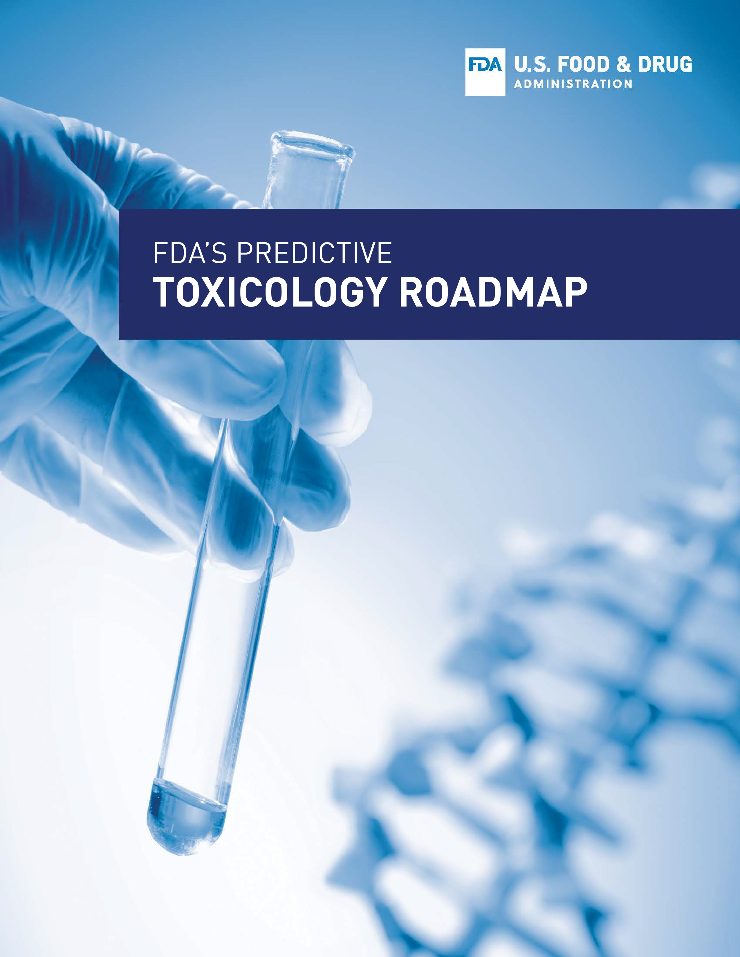June 29, 2018
Changes in FDA’s Approach to Predictive Toxicology
Safety assessment or predictive toxicology is a critical component of drug discovery. Understanding both the real and potential toxicities of novel therapeutic agents is necessary to guide the thoughtful clinical development. CBC has planned an educational workshop next Spring (2019) on “Preclinical Safety Assessment and Mitigation Strategies in Drug Discovery” to cover this important topic and provide some guidance for the successful filing of an Investigational New Drug (IND) application. This is far from a static landscape and the thinking about all aspects of predictive toxicology is changing within the Food and Drug Administration’s Toxicology Working Group.
An important new initiative at FDA is the migration to a new paradigm for the assessment of clinical potential for cardiac arrhythmias that is not solely based upon hERG blockade and not at all by QT prolongation. Drug-induced torsade de pointes (TdP) is a potentially fatal ventricular arrhythmia that has emerged as a significant safety issue in drug development. To discharge this risk, potential novel therapeutic agents have been evaluated using an in vivo assessment of QT prolongation (commonly referred to as a safety pharmacology study) and an in vitro evaluation of human ether-a-go-go-related gene (hERG) potassium channel. The potential for this arrhythmia risk has halted the development of a variety of promising therapeutics prior to entering clinical studies. The Comprehensive In Vitro Proarrythmia Assay (CiPA) initiative was formed in 2013 after an FDA workshop to engineer an alternative assessment of the proarrhythmic potential of new drugs with improved specificity (both against false positives and false negatives) compared with the hERG assay plus Thorough QT study. The proposal is to evaluate the proarrhythmic risk based on mechanistic electrophysiologic understanding with two primary components: 1) in vitro drug effects in multiple cardiac channels plus in silico reconstruction of cardiac action potential, and 2) confirmation using human stem-cell derived cardiomyocytes.
The goals of the CiPA initiative are certainly worthwhile as all in the drug discovery/development enterprise have encountered this issue at some point in the past. With patient safety as a top priority, a better ability to identify/predict arrhythmic risk and, importantly, to optimize compounds to reduce or eliminate such risk will have substantial impact on future drug development efforts.
On a more holistic level, the FDA’s Toxicology Working Group has developed and recommended for implementation a six-part roadmap “to ensure that FDA continues to employ cutting-edge science to assess the safety and effectiveness of its regulated products and to leverage advances being made in toxicology.” The roadmap includes:
- Organizing Committee, comprised of senior leadership to foster communication and leverage FDA resources to integrate emerging predictive toxicology methods and new technologies into the regulatory safety and risk assessments.
- Training, to provide ongoing education of regulatory staff in contemporary toxicology
- Communication, broadly with stakeholders and sponsors and within the agency
- Collaborations, with industry and with regulatory bodies internationally
- Research, to identify data gaps and support both intramural and extramural research on the most promising technologies to see that they are integrated into the process
- Oversight, to track the progress of the recommendations and to ensure transparency and knowledge sharing
Among the issues that FDA has identified as needing to be addressed include better identification of dose levels or systemic exposure at which no adverse effects are observed, better identification of potential target organs for toxicity, better identification of developmental and reproductive toxicity, identifying potential carcinogenicity, and determining safe first-in-human starting doses. Areas for improved predictivity include identifying rare or idiosyncratic toxicities, identifying non-genotoxic carcinogens, understanding chemical transport into brain and fetus and the use of modeling to support decision-making in cases of data gaps.
FDA has also highlighted some new technologies with great potential in predictive toxicology, including microphysiological systems (such as tissues or organs on chips), alternative test methods for reproductive toxicity testing, computational toxicology, and in vitro alternatives to animal studies.
The FDA will hold a public hearing on the Predictive Toxicology Roadmap on September 12, 2018, with registration required by August 29.
Contributed by: Jim Audia
Sources:
▸ CiPA Project
▸ Cross-Site Reliability of Human Induced Pluripotent stem cell-derived Cardiomyocyte Based Safety Assays Using Microelectrode Arrays: Results from a Blinded CiPA Pilot Study. Toxicological Sciences. Published on 27 April 2018.
▸ A new paradigm for drug-induced torsadogenic risk assessment using human iPS cell-derived cardiomyocytes. Journal of Pharmacological and Toxicological Methods. Volume 84, March–April 2017, Pages 111-127.
▸ FDA’s Predictive Toxicology Roadmap. www.fda.gov. December 2017.
See also:
▸ CBC Course: “Preclinical Safety Assessment and Mitigation Strategies in Drug Discovery”
DATE: Spring 2019, TBD (A Two-Day Course)
LOCATION: Chicago downtown, TBD

